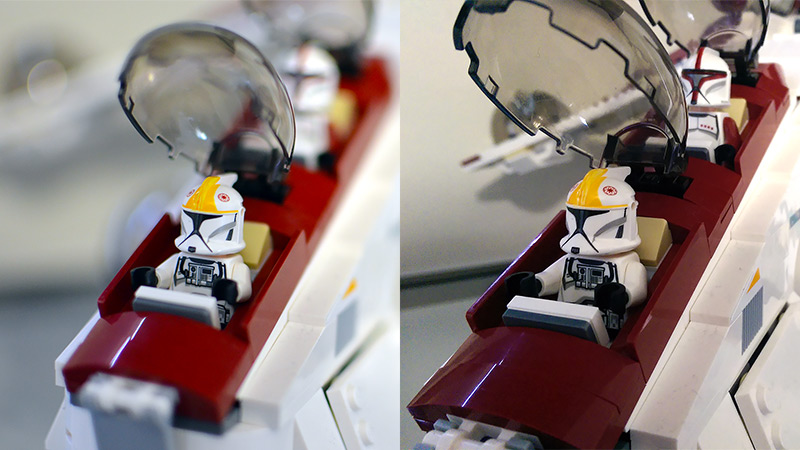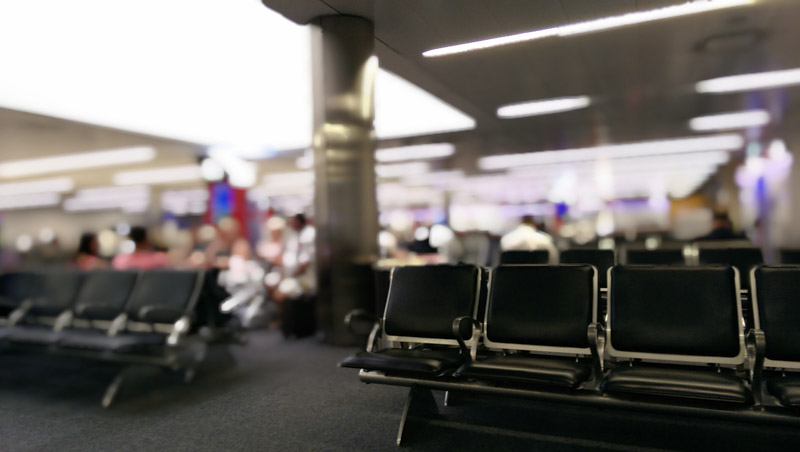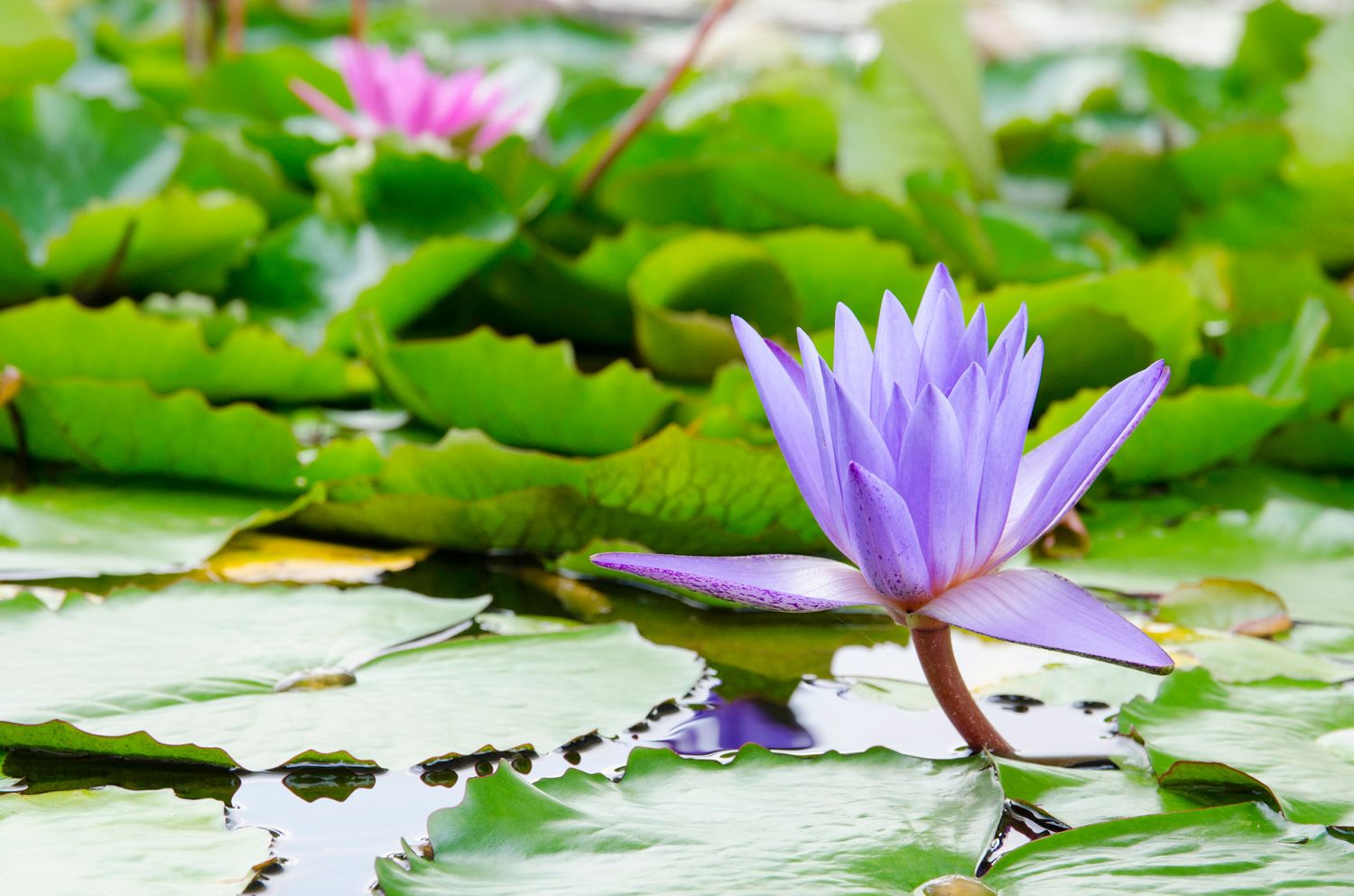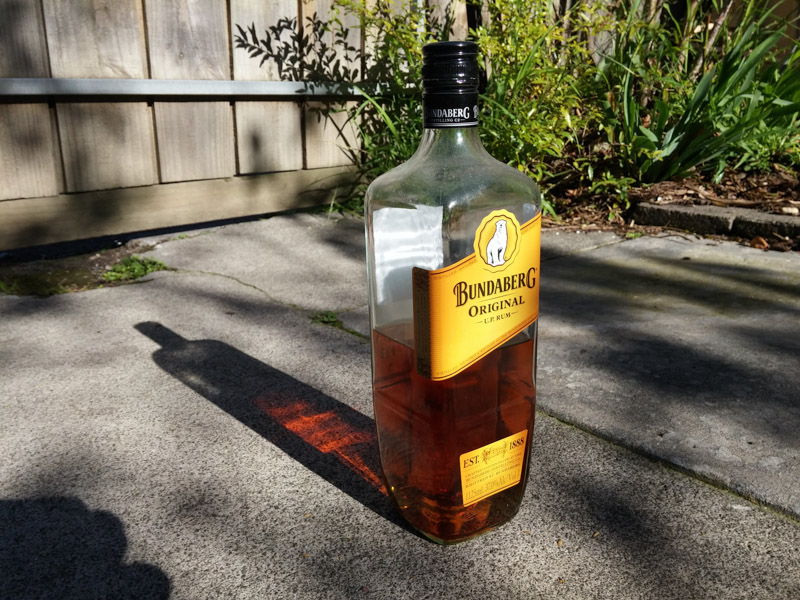Know your smartphone : a guide to camera hardware [final]sup every one this article is the final one for a "guid to camera hardware."
if you missed the prvious article here below are the link of the series a guide to camera hardware [part 1] a guide to camera hardware [part 2] a guide to camera hardware [part 3] so here we go DSLR vs Smartphone, Final Thoughts This section is more for interest’s sake than providing a true battleground to pit the DSLR against the smartphone, as it’s pretty obvious that a DSLR with a good lens can absolutely obliterate the results of even the best smartphone camera going around. There’s a lot of similarities between smartphone and DSLRs, but also a lot of differences in their internal hardware, some of which I’ve already mentioned throughout this article. Smartphones contain basic camera hardware with a focus on being versatile, while DSLRs pack in many more features, a much greater range of camera-specific hardware, and a lot of flexibility. 
The area of a 35mm full frame sensor found in professional DSLR’s is approximately 50 times larger than a typical 1/3” smartphone sensor, which is a whopping difference. APS-C sensors, found in entry-level and mid-range DSLRs, are around 21 times larger; micro four thirds sensors are 13 times larger. The larger sensors in DSLRs allows the pixel sizes in the sensor array to be much larger, equating to much higher sensitivity, much better low light performance, lower noise at high ISOs and lower crosstalk. 
Comparing DSLR photos (left, Nikon D5100, ISO 1600, f/1.8) with smartphone photos (right, HTC One M8, ISO 400, f/2.0). Both enhanced in Lightroom. A 16-megapixel full frame sensor, found in a camera like the Nikon D4S, has 7.3µm pixels: 6.5 times larger than the 1.12µm pixels found in the Samsung Galaxy S5’s 16-megapixel smartphone sensor. With a higher-end, more-expensive CMOS sensor and better image processor, low light performance is leagues ahead in a full frame DSLR. Meanwhile, a 16-megapixel APS-C DSLR like the Nikon D7000 has 4.8µm pixels, more than twice the HTC One M8’s ‘large’ 2.0µm camera pixels. DSLRs also benefit from faster and more accurate phase detection autofocus, which doesn’t rely on data from the sensor to operate. Metering is typically more fine-tuned and more accurate, with extremely complex matrix metering modes doing most of the work. A dedicated light meter in the body also automatically provides very accurate exposure, while dynamic range is several stops wider than what smartphones provide. 
The HTC One M8 can simulate DSLR-level bokeh using its Duo Camera. It's not quite as good as real bokeh. None of this should come as a surprise though: DSLRs are made for photography, most smartphones are not. The versatility of a DSLR mostly comes through interchangeable lenses, giving you the flexibility to swap out a wide-angle lens for a telephoto zoom if you want. Adjustable apertures means you not only have greater control over exposure, but you can also alter the background blur and sharpness with ease. A mechanical shutter simplifies the sensor and gives you a satisfying click when shooting. A smartphone camera is great in that you can carry it with you everywhere without being cumbersome. If you’re serious about photography or finding you’re loving being creative with your smartphone shooter, though, it’s worth upgrading to a DSLR. 
Smartphones can't quite match this level of photo quality. Taken with a Nikon D5100 at ISO 400, 1/100s, f/8 Wrap Up So I hope you’ve learned something about smartphone cameras and camera system in general through reading this article. The smartphone platform is relatively limited in what you can achieve in terms of cameras, but that doesn’t mean it’s impossible to take a good photo. In fact it’s the complete opposite: pair a good smartphone camera with a half-creative mind and a few editing tools and the results will astound you. It takes just five seconds to jump on to Instagram to see what people are capable of capturing with just a phone in their hands. 
If you’re in the market for the smartphone with the best camera, it’s hard to go past the Apple iPhone 6s, the Samsung Galaxy S6 or the Nokia Lumia 1520, depending on what operating system you want to deal with. The HTC One M8’s Duo Camera and low light performance may sway you, even if the resolution is disappointing, while the LG G4 and Sony Xperia Z5 are solid contenders. No article on smartphone cameras would be complete without mentioning the Nokia Lumia 1020 as well, with its 41-megapixel monster camera delivering great results in a compact body. The rest of the Lumia 1020 isn’t particularly outstanding, especially in comparison to the devices I mentioned above, but it truly is a smartphone designed for photography. | |
|
|
|
|
Good work bro! Learnt a lot
| |
|
|
|
|
Good article Himanshu... Do keep writing...
| |
|
|
|
|
Nice information and found it very helpful
| |
|
|
|
|
Nice information but take all type of dailylife picture smartphone camera so usefull.....also make video easy in mobile....
| |
|
|
|












































4